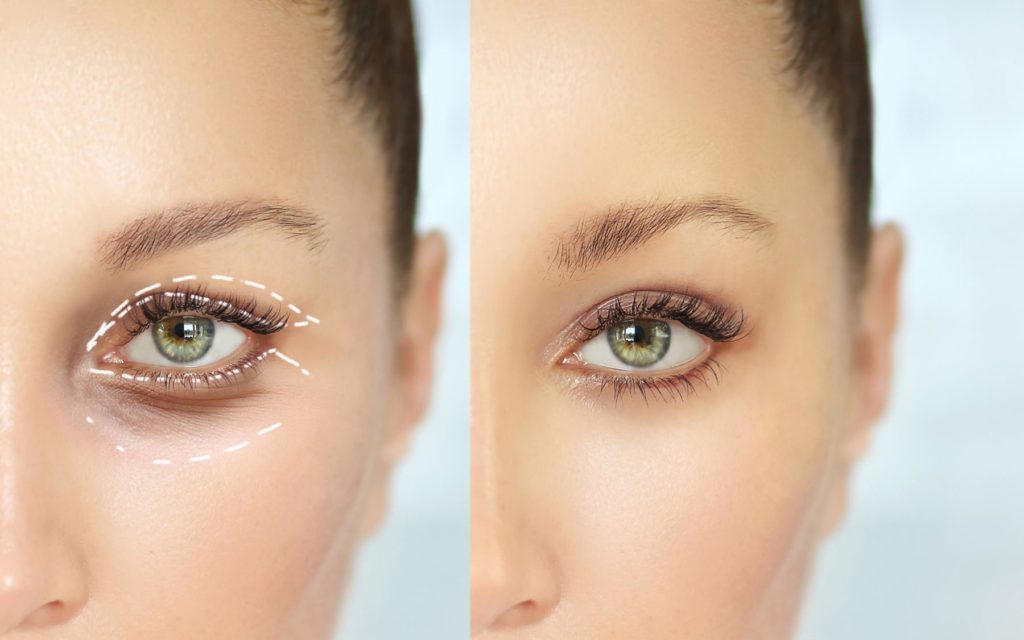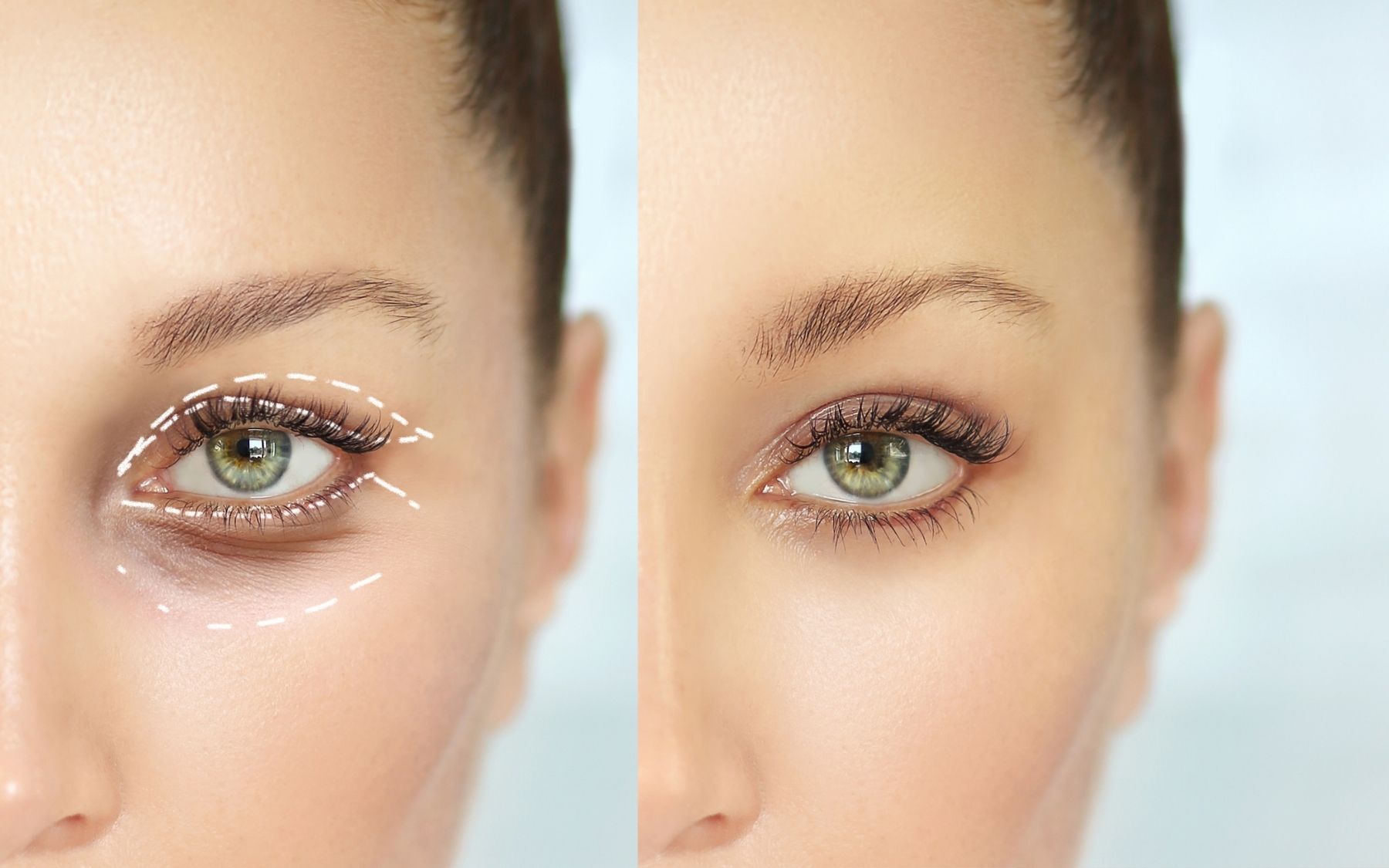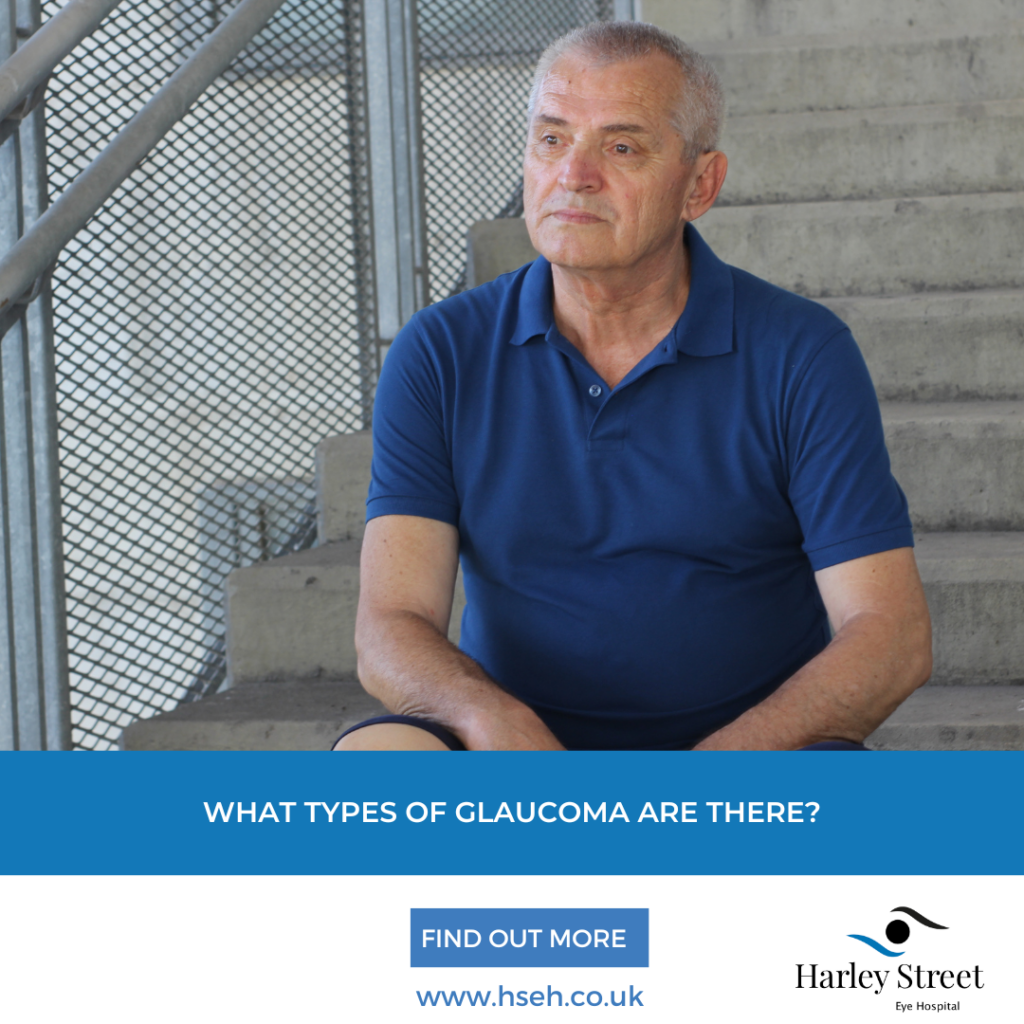
Blepharoplasty, or ‘eyelid reduction’, is one of the five most common cosmetic surgery procedures in the UK, with more than 2,500 procedures being performed every year (link).
A blepharoplasty procedure involves the removal of excess loose skin and fatty tissue from the eye area. As we age our skin loses some of its elasticity and our muscles become less taught. With the reduction in elasticity and muscle tension comes an accumulation of loose skin which can collect in the upper lids as folds of skin and forms deepening creases in the lower lids. As the muscles relax beneath the skin the fat, which cushions the eyes in their sockets, begins to move forwards and can appear baggy. Sometimes there is so much skin that the upper lids hang over the eyelashes. It is possible that the tendency for these bags and folds to appear is enhanced by hereditary links and passed on through generations. This effect is often heightened in smokers or those who have had excessive sun exposure.
These skin folds, creases and eye lid problems can often seem worse in the morning, particularly after a bad night’s sleep or a period of high stress. The reason for this is because fluid that would normally be distributed throughout the body when standing or moving tends to settle in areas where the skin is loose, such as the eyelids, when a person is lying down.
Blepharoplasty is a very common procedure for both men and women looking to reduce eye lid drooping, deeper wrinkles and baggy skin around the eyes.
Blepharoplasty is a short and highly effective procedure. It can achieve rapid result with a relatively minimal recovery time. The treatment can deliver both an improved physical and psychological sense of wellbeing.
When might patients seek blepharoplasty?
- The skin around the eyes loses its elasticity leading to lines and wrinkles and over time, the eyebrow becomes lower, the eyelid skin looser and folds develop.
- Crow’s feet (lines around the edges of the eye) appear deeper and the lower eyelid becomes longer, sometimes the bony prominence of the orbit also protrudes.
- If these symptoms start to impact vision, daily life or have a negative psychological impact, patients may look to blepharoplasty surgery.
What happens during the procedure?
We recommend that in the 6 weeks before your procedure smoking is stopped to improve healing and reduce complications.
In the 6 hours prior to surgery you must not have any food or drink.
The procedure itself is straightforward and takes between thirty minutes and one hour. The surgeon will make tiny incisions along the natural crease of your eye. The skin is separated from the structures underneath and the fatty tissue is repositioned or removed then the skin is slightly stretched and stitched ensuring excess skin is removed and wrinkles smoothed out.
Following the surgery, once our specialist nursing team are happy that your initial recovery is complete, you will be allowed to leave accompanied by a friend or member of your family, this is usually within a couple of hours.
Blepharoplasty recovery is relatively quick. There may be some post-operative swelling but this should subside in a day or two. We suggest complete rest for a couple of days after surgery and least 1 week off work. We suggest avoiding UV light for approximately 3-4 weeks to help the healing process.
For more information, visit the page here.






0 Comments